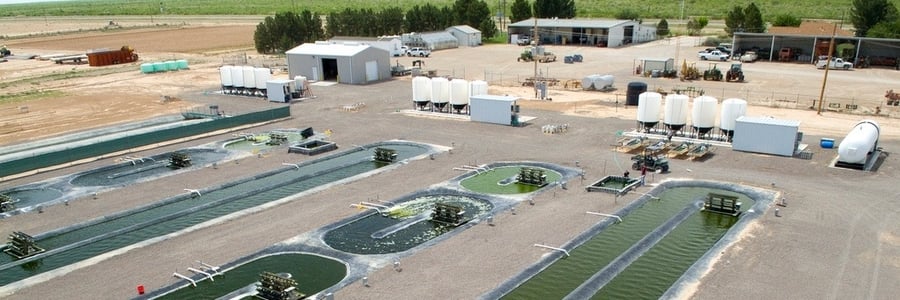
Cities are a focal point for some of the most profound economic, social, and technological issues facing the world today, not least of which is the need for cleaner and more efficient energy resources to meet the demands of an urban population that will expand by 2.4 billion people over the next 35 years. Numerous cities are now investigating new forms of energy delivery and management spanning all aspects of city operations – fundamentally changing the way energy is generated, distributed, and integrated within city limits.



